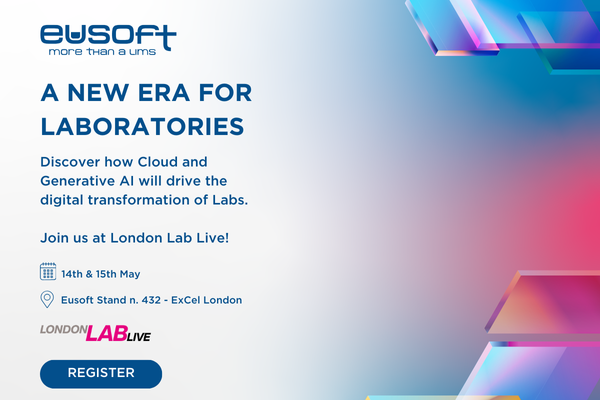5 questions to decide to implement a LIMS.
What is the trend in the laboratories of the 21st century? The implementation of a Laboratory Information Management System or LIMS. The question that arises is: what is a LIMS?
A Laboratory Information Management System or LIMS is a software application that automates laboratory procedures, directly by taking a sample, throughout its entire life cycle in the laboratory. Automation not only reduces errors, but also increases the speed and efficiency of laboratory operations. In short, the implementation of a LIMS saves time, money and effort.
Is it time to implement a LIMS?
Now that we have understood what a LIMS is and what advantages it offers, the next question that arises is: when is the time to use one? Before answering this question we should shed some light on some of these others.
Any laboratory that invests in a LIMS must ask itself these questions. Each of these questions results in a sign that reveals whether it’s time for your lab to implement a LIMS. Let’s take a closer look at these answers:
- Are you respecting delivery times for your processes?
If the answer to this question is “no”, you have to consider investing in a LIMS. Compliance with delivery times is one of the basic requirements for the operation of a laboratory. The staff should be able to refer to and follow the SOP set up without deviations and difficulties.
- Do lab staff spend too much time on day-to-day transaction management and maintenance of transactional process documentation?
If the answer is “yes”, here is your sign number 2. Daily transactions and documentation, although very important activities, should not compensate for most of the responsibilities or work roles of the staff.
- Is data recovery an important problem for daily laboratory operations?
Data extraction saves time easily. Time is money and therefore needs to be saved. A LIMS stores all the data in one place, simplifying recovery.
- Can you guarantee data integrity, meet the expectations and deadlines of your customers and make important decisions at the same time?
Rapid decision-making is essential for improving business transactions. Another requirement is to meet the expectations of your customers by providing a service consistent with industry standards.
Conclusion
The questions discussed so far and the answers that follow, as well as revealing the need to implement a LIMS, determine in broad terms an optimal workflow. There are more parameters to consider when implementing a LIMS. If the above questions are applicable to your business, it may be time to start evaluating the Eusoft.Lab, our Saas LIMS in the cloud that automates your lab’s workflow in accordance with ISO 17025 and GDPR.
If you are curious about our Eusoft.Lab, request a free demonstration by clicking here.




